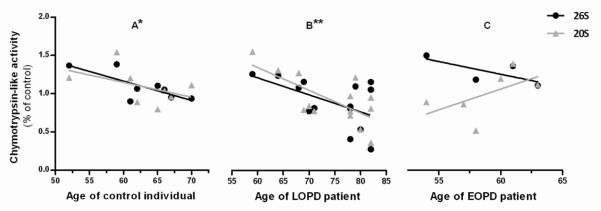Figure 7. Correlation between Age and Chymotrypsin-like activity in PBMC.

(A) In control individuals 26S chymotrypsin-like activity has a significant negative correlation with age in control indivuduals. N=8, Pearson r=−0,754, *p<0,05, r2=0,5686 and 20S chymotrypsin-like activity isnegatively correlated with age. N=8, Pearson r=−0,468, p=0,2422, r2=0,219 (B) In LOPD patients 26S chymotrypsin-like activity is negatively correlated with age. N=14, Pearson r=−0,5275, p=0,0526, r2=0,2783; 20S chymotrypsin-like activity has a significant negative correlation with age. N=14, Pearson r = −0,6864, **p<0,01, r2=0,4712 (C) In EOPD patients 26S chymotrypsin-like activity is negatively correlated with age. N=4, Pearson r=−0,7365, p=0,2635, r2=0,5424 and 20S chymotrypsin-like activity is positively correlated with age. N=6, Pearson r=0,5648, p=0,2429, r2=0,3190.
